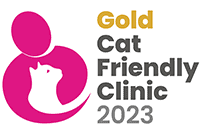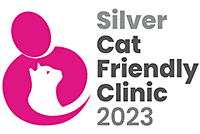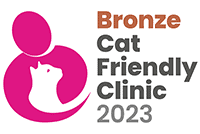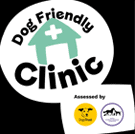Cat Obesity
Cats are generally able to regulate the amount of food they eat but there is a trend for modern cats, like modern man, to eat better food and take less exercise than their predecessors. Just as in people there is a risk that your cat may become overweight. Obesity is an excessive accumulation of fat in the body – it does not just mean being overweight.
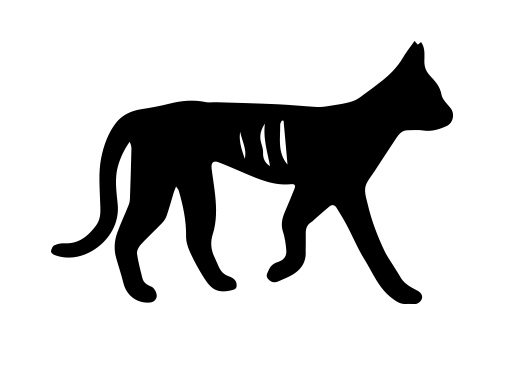
Too Thin
Ribs, spine and bony protrusions are easily seen. Cat has lost muscle mass and there is no observable body fat. Bony and starved in appearance.
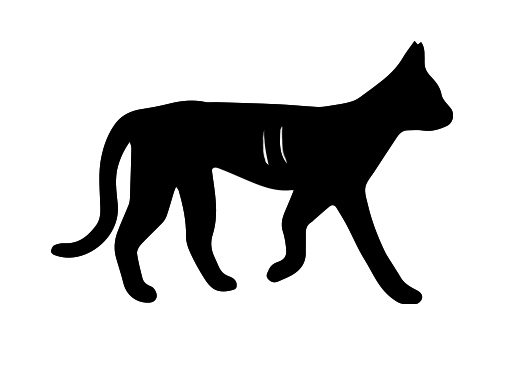
Underweight
Ribs, spine and other bones are easily felt. Cat has an obvious waist when viewed from above and an abdominal tuck. Thin or skinny appearance.
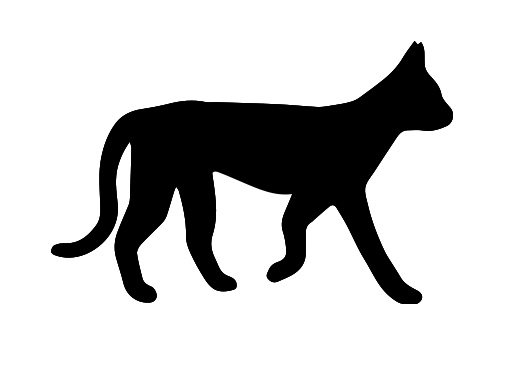
Ideal
Ribs and spine are easily felt but not necessarily seen. Cat has a waist when viewed from above and the abdomen is raised, not sagging when viewed from the side.
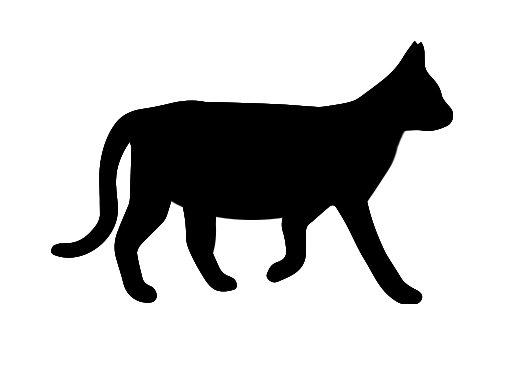
Overweight
Ribs and spine are hard to feel underneath fat. Distended or pear-shaped waist when viewed from above. The abdomen sags when seen from the side.
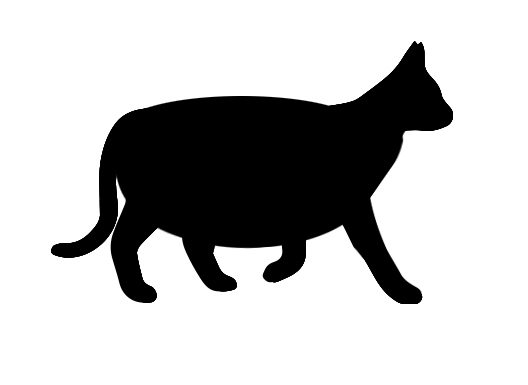
Obese
Large fat deposits over the chest, back, tail base and hindquarters. The abdomen sags prominently and there is no waist when viewed from above.
-
Is my cat obese?
It is often difficult for us to see that our own pet is overweight. The weight gain is so gradual that we hardly notice the change. Sometimes you suddenly notice the difference in your cat’s appearance when you look back at old photographs. In most cases it will be your vet who points out the problem.
When you are stroking your cat next, run your hand gently over its backbone and ribs. In a healthy normal cat you should be able to feel the bones without pressing too hard (if you can see the bones then your cat may be too thin). If you cannot feel the backbone easily then your cat is overweight. If the weight gain is allowed to continue your cat may start to develop disease as a result.
-
My cat eats very little - is he fat?
Many overweight animals do not eat very much. It does not take many calories to keep an animal fat. If your cat is overweight it means that it was eating more than it needed for the amount of exercise it was taking at some time in its life. Often obese cats take very little exercise (except when walking from the sofa to the food bowl or litter tray!!) and so don’t use up much energy and require very few calories.
-
A fat cat looks healthy?
Most animals with obesity are not taken to their vet because they are overweight. It is usually some other disease caused by obesity that prompts their owner to make an appointment with the vet. Obese cats may be unable to groom properly and may develop matted coats or skin problems. Obesity can make it more likely that your cat will suffer from other conditions such as bladder stones. All obese animals are unfit and the extra weight they are carrying puts an unnecessary strain on their joints and heart.
-
How can I help my cat lose weight?
There are only two ways to lose weight:
- Increase the amount of energy used, ie take more exercise.
- Reduce the number of calories taken, ie eat less food.
It is very difficult to force a cat to exercise. Obese cats are often not very active because it is quite hard work for them to run around. Encouraging your cat to go out regularly (even if the weather is not very pleasant) may help. Some cats will play with toys particularly when they are young. The only practical way to help your cat lose weight is to restrict what it eats. This can be difficult in some cats who are hunting or visiting neighbours to be fed. You may have to keep these cats confined to the house or attach a message to their collar asking other people not to feed them. In most cases reducing dietary intake to two-thirds of what your cat was eating should permit a steady weight loss. An easy way to reduce calorie intake in some cats is to cut out milk from the diet and offer clean fresh water instead. Crash diets in cats are very dangerous as rapid weight loss may cause liver disease. Weight loss should be steady over 3-4 months.
-
How do I know my cat is losing weight?
Your vet will weigh your cat for you and calculate how much weight it needs to lose. Your vet will also be able to suggest how much food you should be feeding your cat. Once you know your cat’s target weight it is up to you to ensure that it sticks to the plan your vet has devised. Many veterinary practices offer ‘weight watcher’ clinics for pets. You can take your cat along at regular intervals to be weighed and a nurse or vet will be on hand to answer any questions or give advice.
All practices will have weighing scales so it should be possible for you to arrange a convenient time for you to take your cat along to weigh them yourself. Weigh your cat in its basket but remember to allow for the weight of the basket.
-
What if my cat is still not losing weight?
A number of low calorie prescription diets are available from your vet. These work in the same way as human slimming foods and allow your cat to eat a normal meal and feel full, without taking in too many calories. If you are finding it impossible to get your cat to lose weight discuss the possibility of a low calorie diet with your vet. In extreme circumstances your cat may need to be admitted to hospital for a period of time so that her diet can be strictly controlled by your vet.
-
Does my cat need to continue her diet?
Once your cat has reached her target weight a celebration is called for. This is not the end of the road – rather the beginning of a new life. Just as in people it is common for an obese animal to regain all the weight that has been lost if it returns to its previous diet.
Maintaining a normal bodyweight is an important part of keeping your cat healthy. It is not possible to recommend a single diet that will be suitable for all cats. If you are in any doubt about your cat’s weight ask your vet to help you plan a diet tailored for your cat’s needs.


